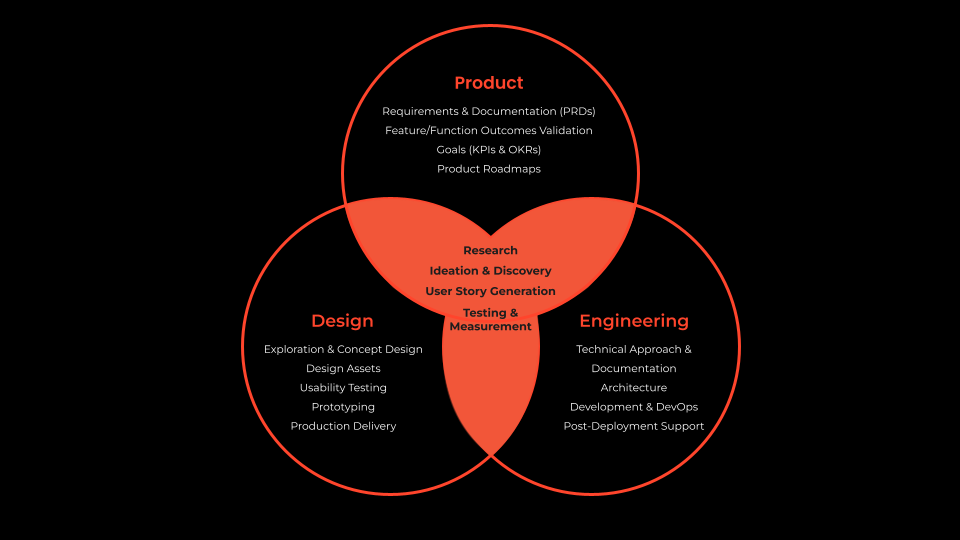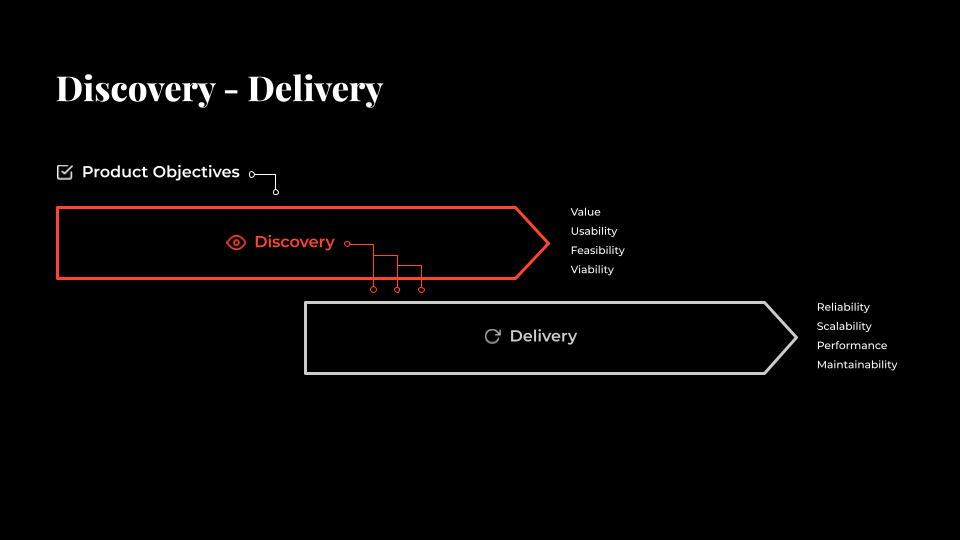"Experience-led", "Design-led", and "Experience-first" product development environments are all the rage these days. Companies are hyper-focused on tracking, quantifying, and evaluating every aspect of a customer's interaction to improve their experience. So why do many companies struggle to effectively integrate product design into their PDLC?
Below are 4 common traps companies run into that marginalize the product design function you should be aware of.
Cultural bias
Product design's function in a PDLC can differ substantially from company to company. Size, maturity, and product or service line will inevitably influence the role of design. But more often than not, culture is a bigger determinant.
Tech companies' biggest spheres of influence are often engineers or product folk. Rarely do the most important cultural agents spring from design. This leads to a skewed perceived value within these 2 functions, and a deliberate or subconscious deprioritization of product design. It can also lead to...
Resource imbalance
As you'd suspect, with an imbalanced perception of value comes an imbalanced distribution of resources. For example, we've engaged with companies where engineering headcount outnumbered design's +70:1. It's impossible to get meaningful design influence outside of basic UI asset production with this kind of resource distribution model.
The good news is product shops are evolving. According to Nielsen Norman Group, over 50% of companies surveyed are now working with a ≤ 10:1 engineer-to-designer resource mix. Although we wouldn't recommend hiring decisions strictly tied to ratios, it's a helpful metric to track while growing a product team.
No clearly defined or communicated product design mission
Companies that don't effectively promote the value of product design will never create the necessary space for it to maximize its contributions to a PDLC. Product and engineering teams should have a clear understanding of design's function, capabilities, and individual and collaborative responsibilities. Reinforce this through participation and process. Ultimately there should be no confusion regarding scope of product design's purpose or service delivery.

Unfortunately there are still companies where design represents on-demand UI production simply because nobody has stipulated otherwise. Don't be one of those companies.
Excluding design from discovery

For those teams operating within an agile discovery-delivery model, design will often surface exclusively within delivery. Product design should be nestled comfortably within all phases of discovery and delivery. This includes shaping product objectives, exploration of value, feasibility, and viability in addition to the delivery considerations.